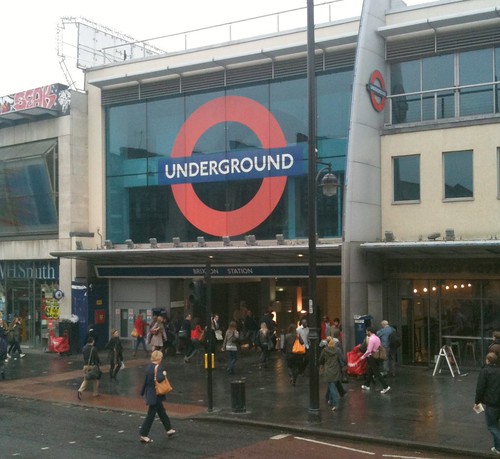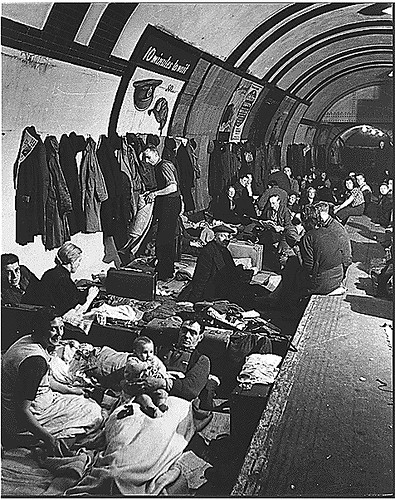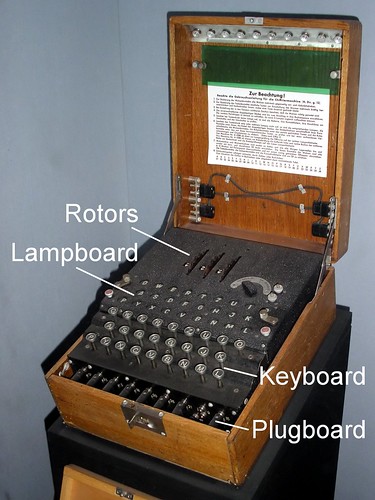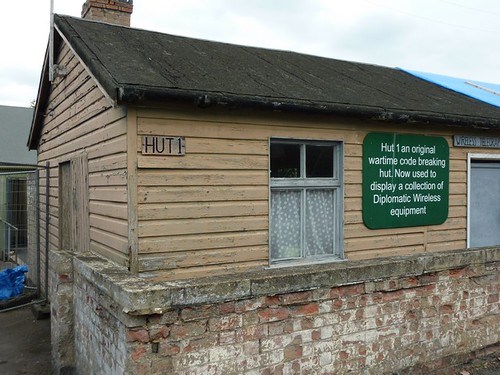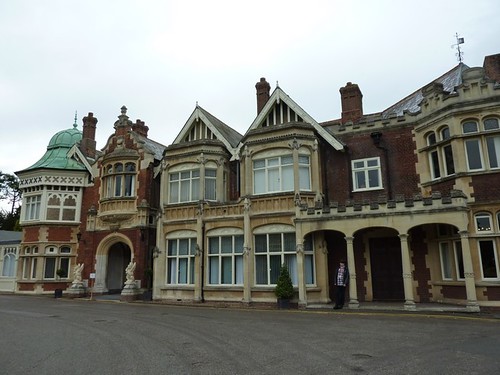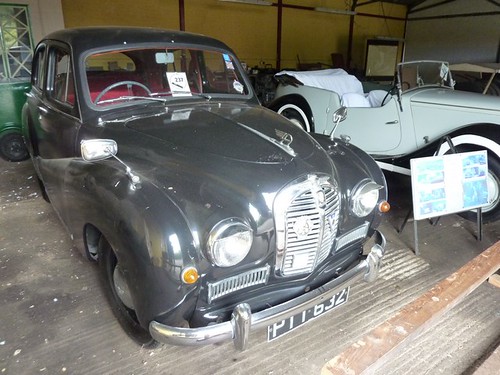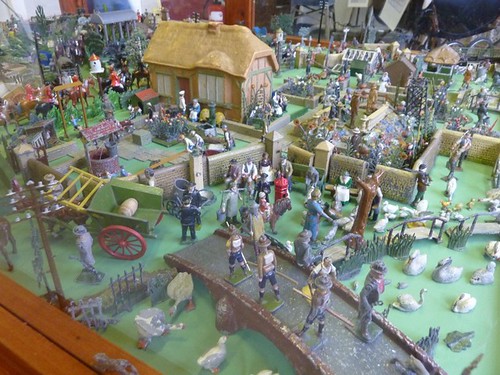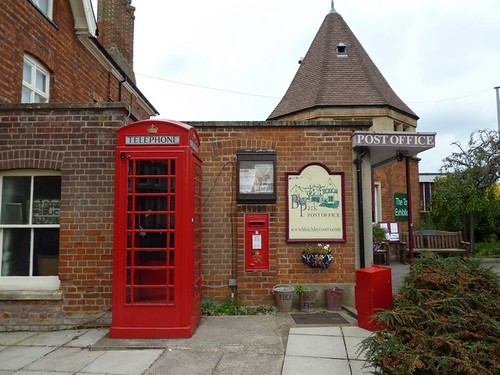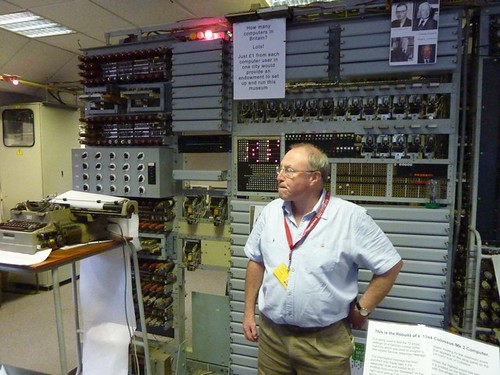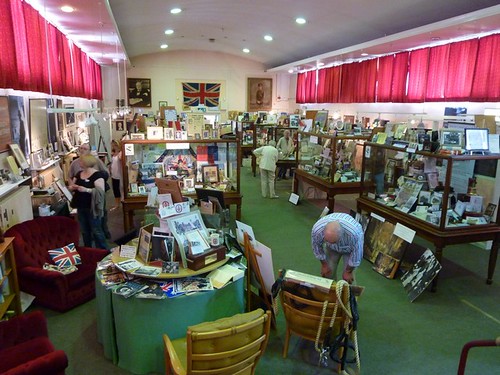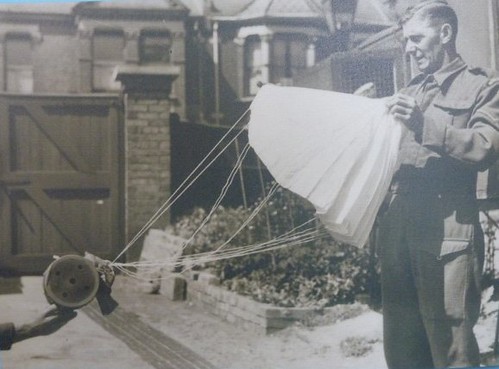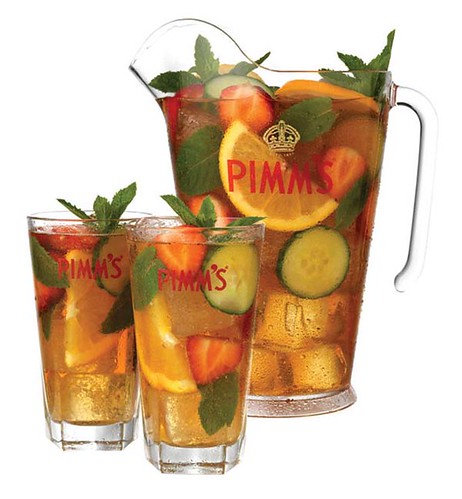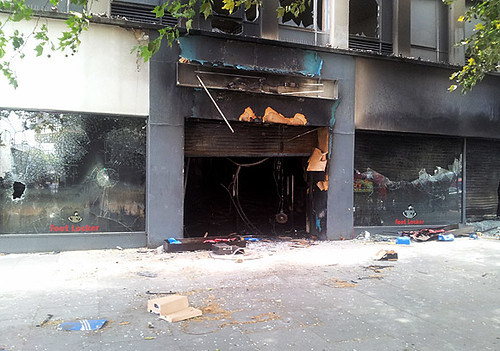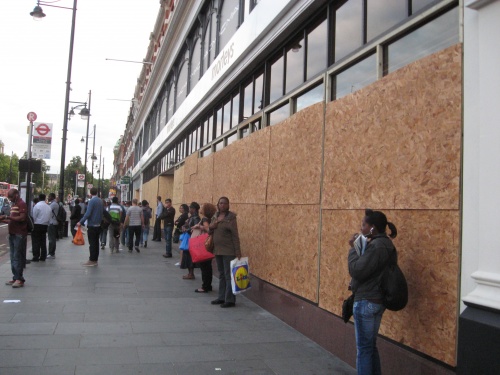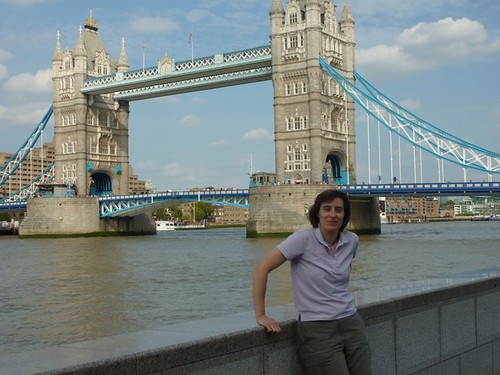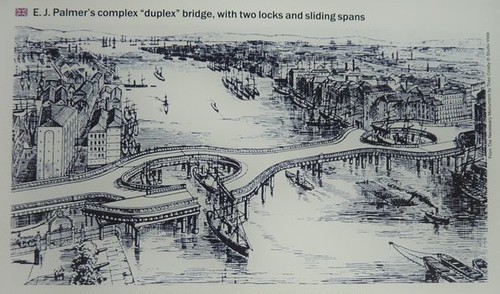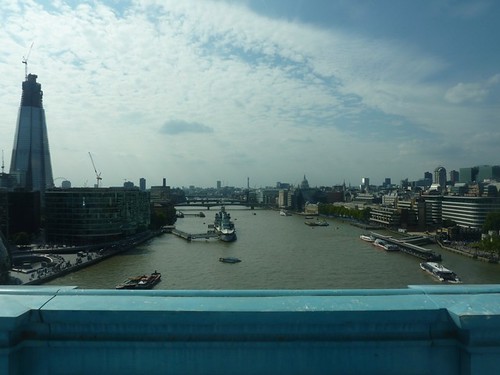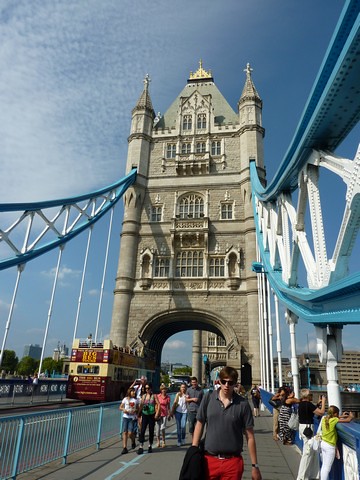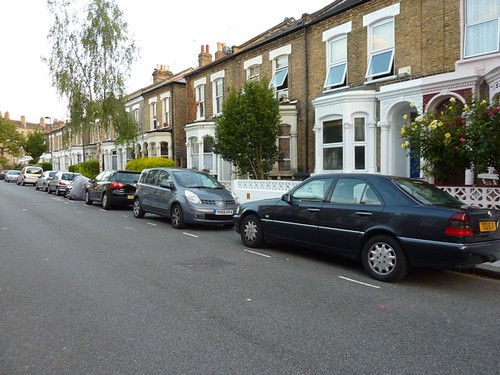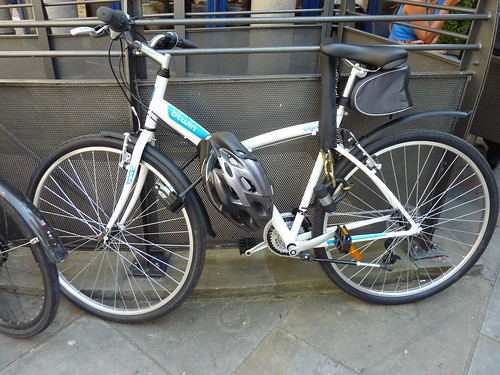Today I've decided to spend a bit of time delving into something that's a central feature of life for many Londoners: the Tube. Or, to be more correct, the London Underground.
The London Underground is the world’s oldest underground railway system, with the first lines opened in 1863. (1863! That’s before Canada was even Canada!) It currently operates 260 different stations over 11 lines and has 250 miles of track, making it the second largest in the world, after Shanghai. The Tube serves approximately 3.4 million people on an average weekday, hence it’s difficult to overstate the importance of system to London, though anyone who has lived through a Tube strike has some idea. I’ve been through two Tube strikes in the last year. Luckily, buses normally keep running but they get so overburdened, and traffic is so much worse that they also almost grind to a halt. The best options are bike, foot, or staying put.
When the Tube is running, though, it’s a remarkably efficient way of getting around the city. It may seem a bit daunting but really, it’s all quite straightforward if you familiarise yourself with a few basics: (Mom, I’m talking to you.)
Tube Basic #1: The Tube Map
The first requirement for getting around on the Tube is the Tube map, which has become rightly famous as an icon of design since it was first devised by Henry Beck in 1931. Maps of the system existed before that time, but they often didn’t show the whole system, because the scale of the more far-flung stations made the centre areas too small to read.
Beck’s genius was to realize that when travelling underground, passengers didn’t need stations to appear in the correct geographical positions as long as the lines and interchanges showed the correct relationships. He spaced the stations evenly along each line and restricted the lines (including the River Thames) so they only run horizontally, vertically, or at 45 degrees. Hence, the modern tube map was born, a portion of which today looks like this:
Because of Beck’s lack-of-scale, the modern tube map can be a bit misleading. For instance, on the map the distance between Covent Garden and Leicester Square looks the same as the distance between Hatton Cross and Heathrow Terminal 1, which is certainly not the case. Covent Garden is a pleasant 400m stroll from Leicester Square. Walking to Heathrow from Hatton Cross would be a dreary three mile slog and is therefore not recommended, especially if you’ve got a plane to catch. Despite these limitations, Beck’s essential concept of the tube map has been copied by most similar transport systems around the world and is also one of my Favourite Things (if only because of this).
Tube Basic #2: The Oyster Card
Tube fares can be not cheap. The fare system is divided into zones 1 through 6, with 1 being the most central and 6 being approximately at the outskirts of Glasgow. A single ticket to travel within Zone 1 and 2 will cost £4.00 if you’re paying cash, which is nothing short of highway robbery. What you need to prevent this thievery, even if you’ll only be in London for a few days, is an Oyster Card.
The Oyster Card is a contactless, re-loadable card that allows access to all London Underground, buses, proper mainline trains within London, and a variety of other odd offshoots like the Croydon Tramlink, the Docklands Light Railway and some riverboat services. You can charge the card with pay-as-you-go credit, or a weekly or monthly pass, or a combination of both. You touch it to a card reader when you enter the system, and you touch again to leave, and credit is automatically deducted. The big advantage (other than convenience) is that the same £4.00 fare I quote you above will only cost £1.90 if you’re not traveling during a peak period. Like I said, those cash fares are highway robbery. Get an Oyster Card! In fact, if you’re coming over, let me know and I’ll get one for you. They are mandatory.
Tube Basic #3: The Escalator Rule
When using an escalator on the Tube (and there are a LOT of escalators involved) the rule is: Stand on the right, walk on the left. This means that if you’re just going to stand like a lump and let the escalator do the work you must park your lumpish self on the right hand side. People who wish to climb up or down while the escalator is in motion do so on the left. Therefore if you’re lumpishly blocking the left hand side you can expect to hear an almost inaudible “Harumph” from someone trying to pass by, which could escalate (ha!) to a pointed “Excuse me please” if you don’t get the hint.
Tube Basic #4: Mind the gap
Anyone who’s travelled on the Tube is aware of the infamous GAP. The gap in question is the distance between the train and the platform, which, due the the curved nature of some platforms vs. the faceted nature of tube trains, can be significant at some stations. Public address announcements exhort everyone within range to “Mind the gap” with such regularity that the phrase itself has become a bit of a joke.
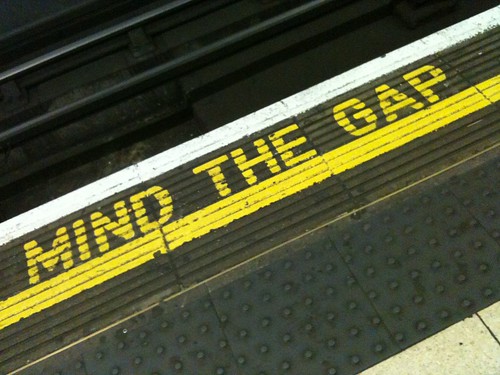
I say it’s a bit of a joke but some random bit of Tube trivia I read somewhere said that there were 87 gap-related accidents on the Tube last year. Even that didn’t really sink in for me until last week when a colleague at work actually HAD a gap accident wherein he was jostled at the door to the train and ended up putting his foot down the gap and, I think, sank up to about the knee, and sort of got stuck, and needed medical attention. He ending up taking the day off work and came back with the knee in some kind of brace only to find that the guy across from him had thoughtfully recreated the “Mind the gap” warning in white tape on the floor beside his desk. It’s good advice, really. (Other good advice: Don’t share an office with a smart-ass Norwegian who has too much time on his hands.)
Now that you’re all up on the Tube Basics, let’s get on with something even more London-ish than the Tube, and that is: moaning about the Tube. Londoners, like all English, love a good moan, and moaning about the Tube is pretty much an official subcategory of moan. You can moan about the trains being slow, or overcrowded, or hot, or not running at all. You can also moan about unplanned delays, which are usually explained on the public address system like this: “Due to passenger action at Farringdon, trains are delayed by approximately 3 minutes.” (That’s usually someone blocking the closing doors while trying to get on.) More cringe-inducing is the announcement “We are currently experiencing significant delays on the Victoria and Piccadilly lines due to a person under a train at Finsbury Park.” Luckily, that’s not one you hear every day.
And on that cheery note, let’s wrap this up. I’m cycling to work these days (the Double Lock System is holding so far) and when I don’t go by bike I take the bus, so I don’t spend much time on the Tube anymore. Back when I was commuting from Arsenal I used to crush onto a Piccadilly line train every morning, and change at King’s Cross, and then crush onto a Northern Line train, and then get a bus. It was all a bit much at 7am (and was immeasurably worse at 8:00…). The Tube may be efficient, but using it during rush hour requires a sort of stoicism that I’m happy to leave to others. But you should totally take the Tube when you come to London because despite the occasional moment when you're stuck with your nose in someone else's armpit, it really is a remarkable service. Just remember to MIND THE GAP.
The London Underground is the world’s oldest underground railway system, with the first lines opened in 1863. (1863! That’s before Canada was even Canada!) It currently operates 260 different stations over 11 lines and has 250 miles of track, making it the second largest in the world, after Shanghai. The Tube serves approximately 3.4 million people on an average weekday, hence it’s difficult to overstate the importance of system to London, though anyone who has lived through a Tube strike has some idea. I’ve been through two Tube strikes in the last year. Luckily, buses normally keep running but they get so overburdened, and traffic is so much worse that they also almost grind to a halt. The best options are bike, foot, or staying put.
When the Tube is running, though, it’s a remarkably efficient way of getting around the city. It may seem a bit daunting but really, it’s all quite straightforward if you familiarise yourself with a few basics: (Mom, I’m talking to you.)
Tube Basic #1: The Tube Map
The first requirement for getting around on the Tube is the Tube map, which has become rightly famous as an icon of design since it was first devised by Henry Beck in 1931. Maps of the system existed before that time, but they often didn’t show the whole system, because the scale of the more far-flung stations made the centre areas too small to read.
 |
| 1908 Tube Map |
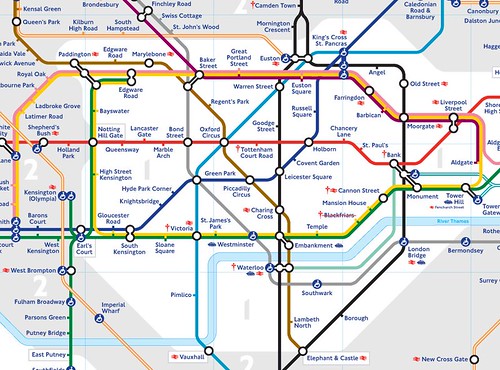 |
| Centre section of the current tube map, not including Brixton, which is two stops past Vauxhall (bottom centre), on the pleasingly light blue Victoria Line. |
Tube Basic #2: The Oyster Card
Tube fares can be not cheap. The fare system is divided into zones 1 through 6, with 1 being the most central and 6 being approximately at the outskirts of Glasgow. A single ticket to travel within Zone 1 and 2 will cost £4.00 if you’re paying cash, which is nothing short of highway robbery. What you need to prevent this thievery, even if you’ll only be in London for a few days, is an Oyster Card.
 |
| My Oyster Card, displayed along with the current paper wallet, which is themed exactly how you think it’s themed. |
Tube Basic #3: The Escalator Rule
When using an escalator on the Tube (and there are a LOT of escalators involved) the rule is: Stand on the right, walk on the left. This means that if you’re just going to stand like a lump and let the escalator do the work you must park your lumpish self on the right hand side. People who wish to climb up or down while the escalator is in motion do so on the left. Therefore if you’re lumpishly blocking the left hand side you can expect to hear an almost inaudible “Harumph” from someone trying to pass by, which could escalate (ha!) to a pointed “Excuse me please” if you don’t get the hint.
 |
| The escalators at Angel Station (Northern Line), which purport to be the longest in Europe. |
Anyone who’s travelled on the Tube is aware of the infamous GAP. The gap in question is the distance between the train and the platform, which, due the the curved nature of some platforms vs. the faceted nature of tube trains, can be significant at some stations. Public address announcements exhort everyone within range to “Mind the gap” with such regularity that the phrase itself has become a bit of a joke.

I say it’s a bit of a joke but some random bit of Tube trivia I read somewhere said that there were 87 gap-related accidents on the Tube last year. Even that didn’t really sink in for me until last week when a colleague at work actually HAD a gap accident wherein he was jostled at the door to the train and ended up putting his foot down the gap and, I think, sank up to about the knee, and sort of got stuck, and needed medical attention. He ending up taking the day off work and came back with the knee in some kind of brace only to find that the guy across from him had thoughtfully recreated the “Mind the gap” warning in white tape on the floor beside his desk. It’s good advice, really. (Other good advice: Don’t share an office with a smart-ass Norwegian who has too much time on his hands.)
Now that you’re all up on the Tube Basics, let’s get on with something even more London-ish than the Tube, and that is: moaning about the Tube. Londoners, like all English, love a good moan, and moaning about the Tube is pretty much an official subcategory of moan. You can moan about the trains being slow, or overcrowded, or hot, or not running at all. You can also moan about unplanned delays, which are usually explained on the public address system like this: “Due to passenger action at Farringdon, trains are delayed by approximately 3 minutes.” (That’s usually someone blocking the closing doors while trying to get on.) More cringe-inducing is the announcement “We are currently experiencing significant delays on the Victoria and Piccadilly lines due to a person under a train at Finsbury Park.” Luckily, that’s not one you hear every day.
Yes, the Tube can be a source of frustration, but during the Blitz in WWII, it was an important lifeline. Because the deeper stations are really very very deep (a maximum of 221 feet at Hampstead, but in central London about 135 feet) people instinctively flocked to them as ad hoc air raid shelters. At first officials discouraged this, but later they capitulated due to public pressure (and the fact that thousands of Londoners were doing it anyways). The system became formalised and authorities eventually provided 22,000 bunks, and latrines and catering facilities. There were even libraries and night classes at some stations. Eventually, more than 170,000 people were sheltered in Tube stations and tunnels during the war.What’s long, thin and blue
And stops working most evenings?
Victoria Line
And on that cheery note, let’s wrap this up. I’m cycling to work these days (the Double Lock System is holding so far) and when I don’t go by bike I take the bus, so I don’t spend much time on the Tube anymore. Back when I was commuting from Arsenal I used to crush onto a Piccadilly line train every morning, and change at King’s Cross, and then crush onto a Northern Line train, and then get a bus. It was all a bit much at 7am (and was immeasurably worse at 8:00…). The Tube may be efficient, but using it during rush hour requires a sort of stoicism that I’m happy to leave to others. But you should totally take the Tube when you come to London because despite the occasional moment when you're stuck with your nose in someone else's armpit, it really is a remarkable service. Just remember to MIND THE GAP.

